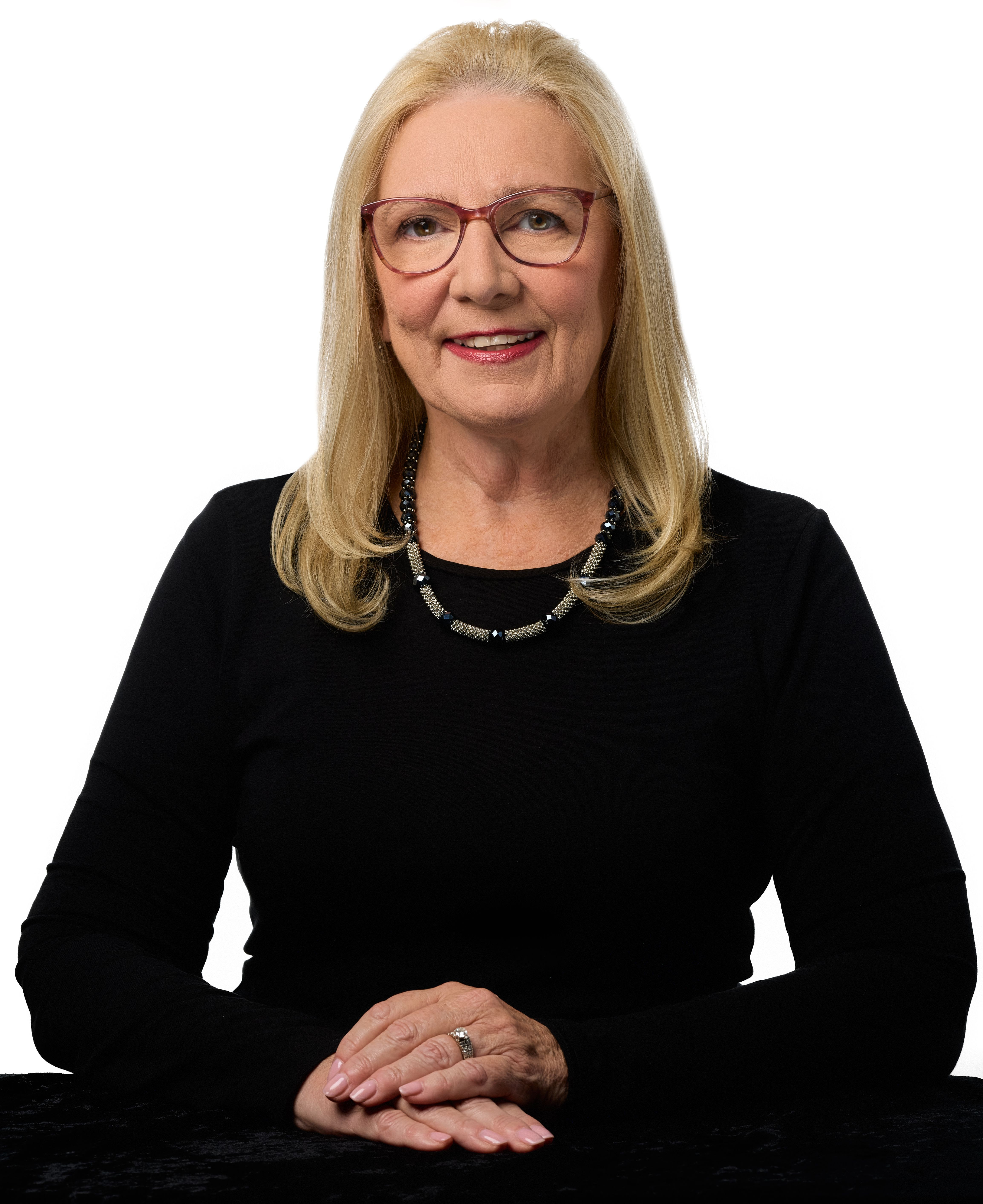
There’s a significant disconnect between Americans’ confidence and knowledge when it comes to how they are saving for retirement and how they feel about their retirement readiness, according to new research from the Principal Financial Well-Being Index.
Despite the majority of individuals feeling confident in their understanding of how to save, most lack alignment with common industry recommendations that could help them feel more certain about their financial future. The key findings include:
- Only 12% of employees know the 4% rule for retirement withdrawals.
- Two-thirds of employees (66%) say they need help making sure their retirement savings last their lifetime, and they’re going to their employer and financial professionals for that support.
- Only 24% of employers accurately know if they operate in a state that has a mandate for businesses to offer employees a retirement plan.
While there is a knowledge gap around best practices for saving and planning for income in retirement, two-thirds (66%) of employees recognize they need help. Nearly three-quarters (72%) of employees are comfortable getting retirement savings help from a financial professional, and 62% are comfortable receiving it from their employer. And, the benefits of increased participation and engagement can be significant considering eight-out-of-10 people say financial professionals provide confidence they’ve made the right decisions.
Recommended For You
The disconnect between how people are saving for retirement and how they feel about their retirement readiness could stem from misconceptions around savings benchmarks and planning for income in retirement. We talked with Chris Littlefield, president of Retirement and Income Solutions at Principal, to discuss what this disconnect means for Americans and their retirement readiness.
Q: Why do so many Americans lack alignment with common industry recommendations?
Littlefield: While working Americans are prioritizing saving for retirement, we believe many of them are not receiving sufficient education and advice that can help them make better decisions and feel more confident about their financial future. Over half of employees surveyed (56%) believe they should have at least 30 times their annual salary saved by age 65 to live comfortably in retirement when 10 times may be sufficient. Additionally, 54% think they can safely withdraw 10% or more of their retirement savings annually without outliving their nest eggs despite a common retirement planning rule of thumb being approximately 4%.We recognize saving and planning for retirement is very personal without hard and fast rules for what individuals must do to reach their goals. However, the significant variance we saw across survey responses creates an urgent need for our industry to evolve how we communicate, educate, and advise people so we can eliminate the misunderstandings and uncertainties that could cause savers to doubt their retirement readiness.
Q: What is the disconnect between confidence and financial literacy for Americans?
A: Our research showed a stark gap between consumer confidence and knowledge of retirement planning recommendations. While 61% of working Americans said they feel comfortable with their knowledge of how to save for retirement, many are misjudging how much money they might need to save and withdraw to maintain their lifestyle in retirement – some by three times or more. This disconnect could be what’s leading one-third of Americans to feel behind on their retirement goals or uncertain if they can maintain their standard of living after leaving the workforce.This knowledge gap presents our industry with a compelling opportunity to help Americans achieve retirement security. Two-thirds of employees recognize they need help, further validating the importance of education and advice to help create better outcomes as individuals strive to reach their unique retirement goals. To help people build the most confidence in the choices they’re making, the tools and resources will need to be comprehensive and personalized to address a variety of competing financial priorities – now and in their post-retirement years.
Q: How can employers help employees with retirement readiness and correct the disconnect about savings benchmarks?
A: Employers are one of the most trusted sources of financial information, making them one of the first lines of defense against misconceptions and misunderstandings. But providing access to a workplace retirement savings plan and keeping employees engaged within it are just the first steps to supporting their retirement goals. Offering education as well as financial advice and wellness programs that address personalized and holistic financial needs of employees has also become critical to building their knowledge of best practices and increasing their confidence in being able to retire comfortably.Related: Gen X has $2M retirement goal, but only $100,000 saved: Advisors are closing the gap
Q: Why were so many retirement savers able to sock away money in 2024, despite inflation and interest rate pressures?
A: It’s because we’re seeing more Americans make saving for retirement a priority. For example, retirement savers maintained strong savings habits despite economic uncertainty throughout 2024. More than half (58%) of Americans surveyed are saving at least 9% of their annual income for retirement — putting them in range of 15% when factoring in employer contributions. On top of that, we are seeing retirement habits improve with Gen Z starting to save for retirement nearly a decade earlier than Gen Xers and baby boomers, demonstrating proactive financial planning and an openness to guidance from peers and family. All of this demonstrates that retirement saving is a significant financial priority for Americans, and we expect to see continued savings progress in 2025.© 2025 ALM Global, LLC, All Rights Reserved. Request academic re-use from www.copyright.com. All other uses, submit a request to [email protected]. For more information visit Asset & Logo Licensing.








